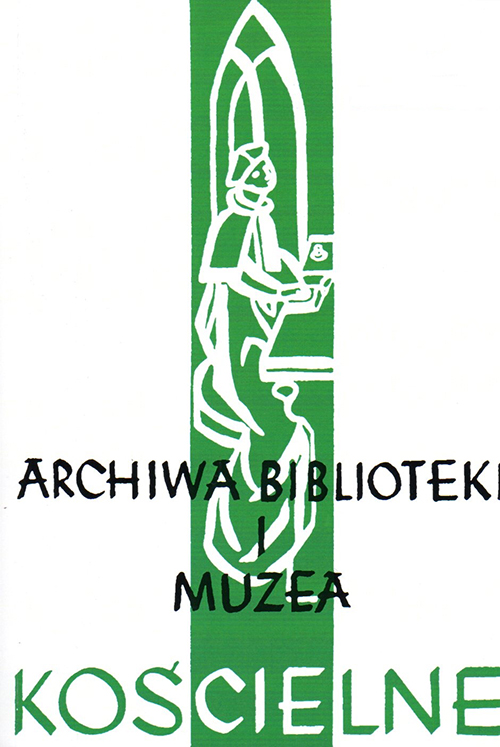Bulgaro-Turcica 3: История на изучаването на Codex Cumanicus
Author(s): Valery Stoyanow / Language(s): Bulgarian
/ Issue: 1/1997
Keywords: Codex Cumanicus; Medieval Oriental studies; European historiography
This study is the first attempt in academic literature to provide a more comprehensive summary of the history of research, the essence, structure and significance of Codex Cumanicus as a unique monument of Medieval practical Oriental studies and an invaluable source not only on a linguistic, but on a cultural and historical plane as well. Attention has been paid to the idea of the Cumans in early European historiography, particularly in the works of outstanding 18th century scholars like V. N. Tatishchev, G. Pray, J. Thunmann, J. C. Engel, D. Cornides, P. F. Suhm and A. L. Schlözer, among others. The study covers the period between the publication of the first part of the Codex by J. Klaproth and the complete edition published by Count Géza Kuun, when people like A. Kunick, M. Pogodin, H. Howorth, R. Roesler, P. Bourchakov and O. Blau wrote on the matter of the Cumans. There is a review of G. Kuun's contributions and the subsequent publications on the Codex by E. Teza, W. Radloff, C. Frati, W. Bang and C. Salemann, as well of the research on various aspects of this source on the part of J. Németh, J. Grzegorzewski, A. Samoilovich, T. Kowalski, S. E. Malov, D. Rasovskij, K. Grønbech, G. Györffy, A. Zajączkowski, A. Gabain, A. Tietze, N. Baskakov, A. Kuryshzhanov, D. Monchi-Zadeh, A. Bodrogligeti, L. Bazin, L. Ligeti, V. Drimba, M. Mollova, D. Drüll and Y. Dashkevich, among others.
More...

















